Background
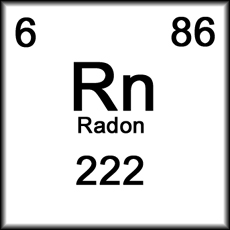 Radon is a radioactive gas. It comes from the natural breakdown of uranium in soil, rock and water and gets into the air we breathe. Radon can be found all over the U.S. It can get into any type of building and result in a high indoor radon level. It typically moves up through the ground to the air above and into your home through cracks and other holes in the foundation. Your home traps radon inside, where it can build up.
Radon is a radioactive gas. It comes from the natural breakdown of uranium in soil, rock and water and gets into the air we breathe. Radon can be found all over the U.S. It can get into any type of building and result in a high indoor radon level. It typically moves up through the ground to the air above and into your home through cracks and other holes in the foundation. Your home traps radon inside, where it can build up.
The average indoor radon level is estimated to be about 1.3 pCi/L, and about 0.4 pCi/L of radon is normally found in the outside air. The U.S. Congress has set a long-term goal that indoor radon levels be no more than outdoor levels. While this goal is not yet technologically achievable in all cases, most homes today can be reduced to 2 pCi/L or below.
See A Citizen’s Guide to Radon for additional information. Also check out the EPA Radon site.
Monitoring
EPA Recommends the Following Testing Steps:
Step 1. Take a short-term test. If your result is 4 pCi/L or higher take a follow-up test (Step 2) to be sure.
Step 2. Follow up with either a long-term test or a second short-term test:
Step 3. If you followed up with a long-term test: Fix your home if your long-term test result is 4 pCi/L or more. If you followed up with a second short-term test: The higher your short-term results, the more certain you can be that you should fix your home. Consider fixing your home if the average of your first and second test is 4 pCi/L or higher.
Short Term Radon Test Kits
You can purchase charcoal test kits that you ship to a lab to analyze. They measure radon over a period of 48 hours. Since radon levels fluctuate, the results many not be representative of the true long term average levels.
Long Term Radon Test Kits
Long Term test kits measure radon levels for periods typically greater than 90 days. This particular alpha particle tracker uses foil to record the track of alpha particles that strike the foil.
Radon Gas Detectors
Radon levels vary in location and time, it is nice to have a monitor. Family Safety Products, Inc. manufactures the Pro Series 3 Radon Gas Detector . It is designed for use by the homeowner and has and easy-to-read LED display.
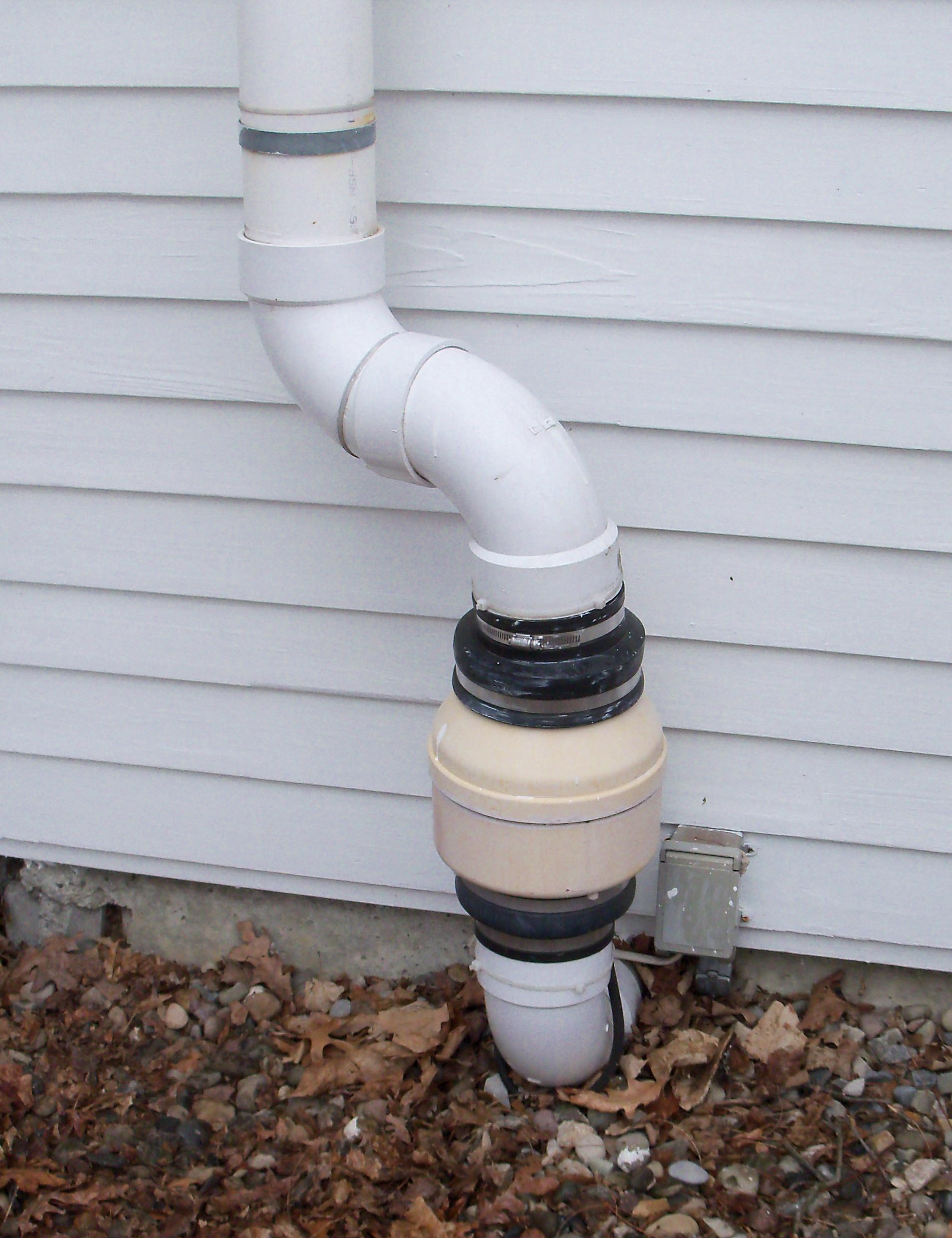
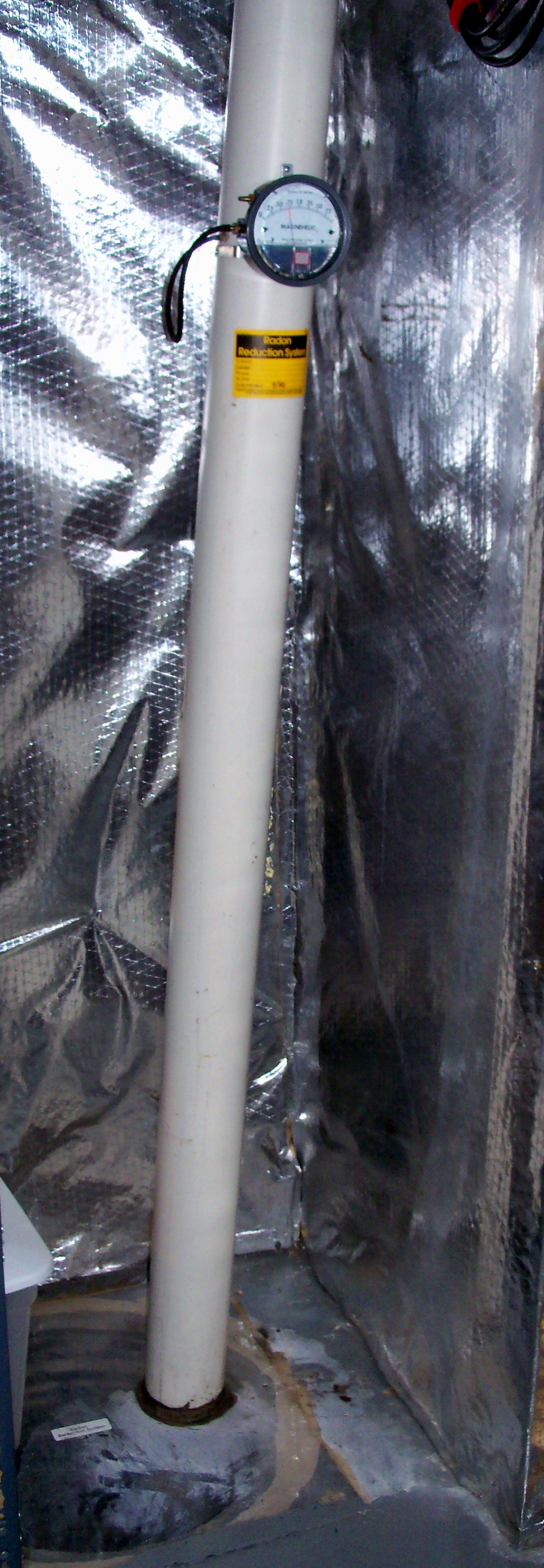
Back in 1999 I added an addition on my house. I forgot about the previous Radon problem I had with my 1833 Greek Revival house with it’s dirt basement floor. In the 1980’s I had put down plastic and poured concrete to eliminate the 16 pCi/L readings. In 2002 I ended up sealing the crack around the addition’s floating basement slab, sealing the sump pit, and installing a radon fan. At the time I purchased a Safety Siron Radon Gas detector (model HS80002). My Long-Term reading has been around 2 pCi/L for years. Occasionally the Short-Term reading would approach 4 pCi/L. The readings always seem higher in the winter or when it rains hard. Since I have been building weatherstations and posting the data to the Internet , I thought it would be interesting to capture the radon information and try to correlate it.
http://www.howmuchsnow.com/arduino/radon/

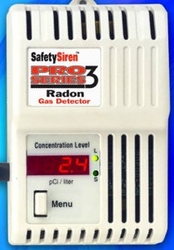
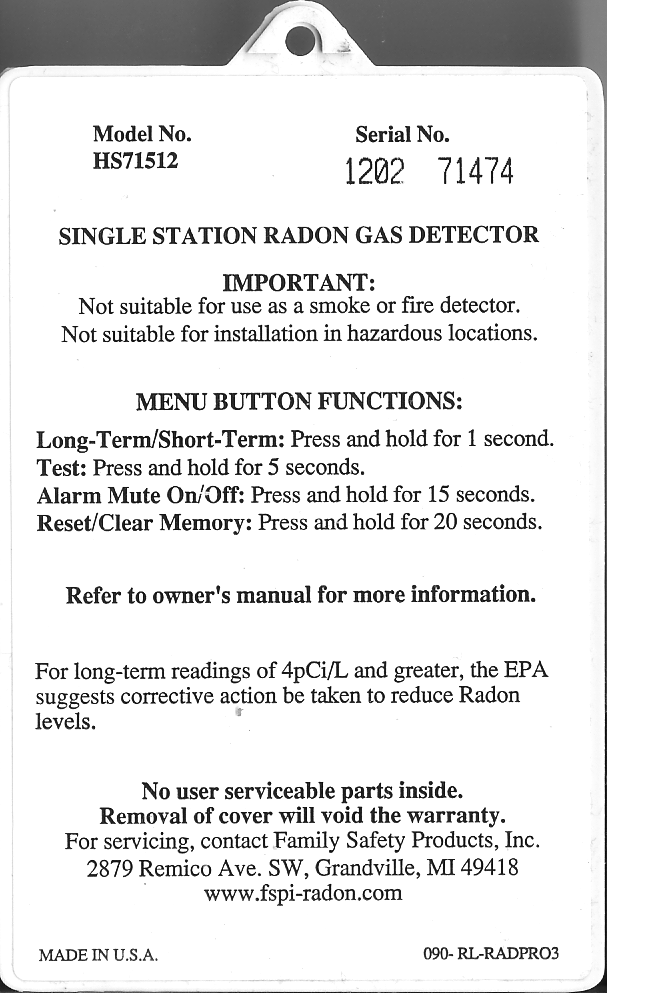
COMMENTS